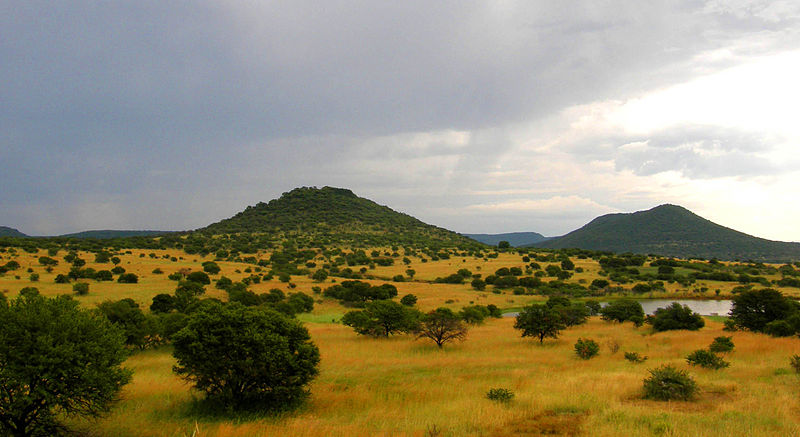References
Dik-Dik 2013.
Elias, N. 2006. East African grassland species. Animals.
Gayaza high school geography department.
Accessed 2 November 2013.
Johnston, A.R. and N.M. Anthony. 2012.
A multi-locus species phylogeny of African forest duikers in the
subfamily Cephalophinae: evidence
for a recent radiation in the
Pleistocene. BMC Evolutionary Biology 12:120.
Kingswood, S.C, A.T. Kumamoto 1997. Mammalian species Madoqua kirkii. American Society of Mammalogists 569:1-10.
Kamau, J.M.Z. and G.M.O Maloiy. 1985. Thermoregulation and heat
balance in the dik dik antelope Rhynchotragus kirki: A field and
laboratory
study. Comparative Biochemistry and
Physiology Part A: Physiology 81:335–340
Kranz, K.R. 1991. Monogamy in the dik-dik. Applied Animal Behaviour Science 29:87-105.
MacDonald, Dr. David. 1985. Encyclopedia of mammals. New York: Facts on File Publications.
Madoqua kirkii 2013. <URL:http://animaldiversity.ummz.umich.edu/accounts/Madoqua_kirkii/>. Accessed 3 December 2013.
Maloiy, G.M.O, B.M. Rugangazi, and E.T. Clemens. 1988. Physiology
of the dik-dik antelope. Comparative Biochemistry and Physiology
Part A:
Physiology 91:1-8.
Matthee, C.A, S.K. Davis 2001. Molecular Insights into the
evolution of the family Bovidae: A nuclear DNA perspective.
Molecular Biology and
Evolution 18:1220-1230.
Ruminantia 2006. <URL:http://tolweb.org/Ruminantia/16001/2006.02.23>. Accessed 3 December 2013.
Scheibe, E. 1999. Madoqua kirkii . Animal Diversity Web.
http://animaldiversity.ummz.umich.edu/accounts/Madoqua_kirkii/>.
Accessed 3 November 2013.
